

|
|
|


|
Tamiya Toyota Land Cruiser 40 - RTR (Green) - 23657 (Radio Controlled Model Review)1/10 Scale Electric Rock Crawler - CR-01 Chassis:
Released by Tamiya on September 1, 2008, the Toyota Land Cruiser 40 - Green (# 23657) was the Factory Finished, Limited Edition, RTR version of the Toyota Land Cruiser 40 kit (#58405), based on the 4WD CR-01 Rock Crawler Chassis.
▼ Scroll Down for More Images ▼
Rating: 4
|








|
|
|

|
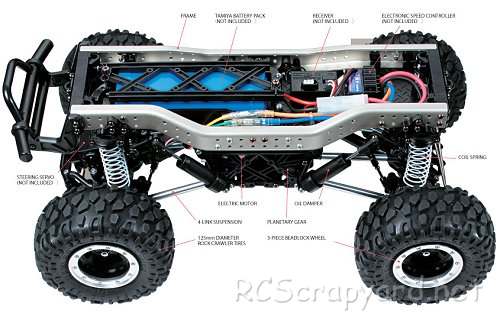
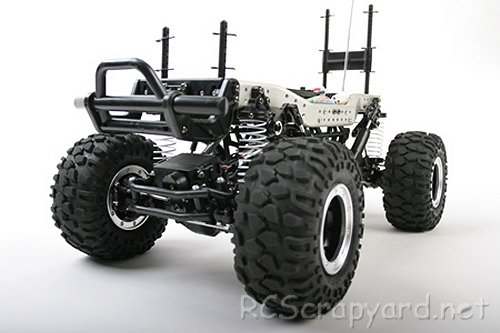
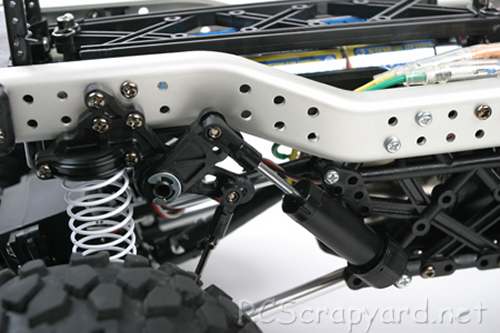
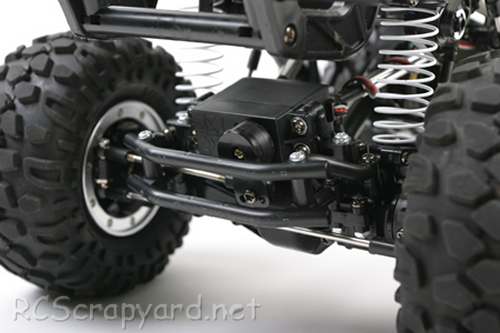
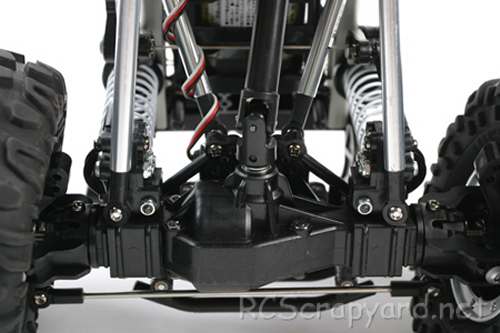
Buying a Used Tamiya Rock Crawler (and What to look for)
Make a General Visual Inspection
Check the Body-Shell
If the body shell of your Rock Crawler is broken, ripped or damaged in any way, this can be easily repaired with rubber solution glue. Also, for added protection and if available for your model, fit an under guard to stop dirt and gravel entering the chassis. Drive Shafts and Turnbuckles
Examine the Drive System
The gearbox of your used Rock Crawler should be opened up to check for damaged gears and wear. If there is excessive backlash in the gearing, these should be replaced. A thin coat of grease on the gears is enough to allow smooth operation and reduce further wear. Pinions and Spur Gears
Steering Servo and Servo-Saver
Don't Forget those Bearings
|









|






|
|
|
|
Hints, Tips and Information How to Charge Rechargeable Batteries for Peak PerformanceNi-Cad (Nickel Cadmium) Batteries
1/ All Ni-Cad Batteries have to be Discharged soon after use. This is to avoid the dreaded "Memory" effect that on subsequent re-charges can cause a momentary drop in performance during a race. A simple discharger can be made from a car 12v bulb.
Ni-Mh (Nickel Metal Hydride) Batteries
1/ Never charge Ni-Mh batteries at a current higher than 4.5 amps. Although these batteries can give a higher voltage than Ni-Cad Batteries, they are much more sensitive and easy to damage if charged too quickly. |
|
Hints, Tips and Information
Bumpsteer
In plain language, Bumpsteer is exactly what it sounds like. If your car goes over a bump, it will affect the toe-in setting and can on some tracks make handling of the car in a straight line difficult. |
|
RC Models:
|
Radio & Motors: |
Other
Accessories: |